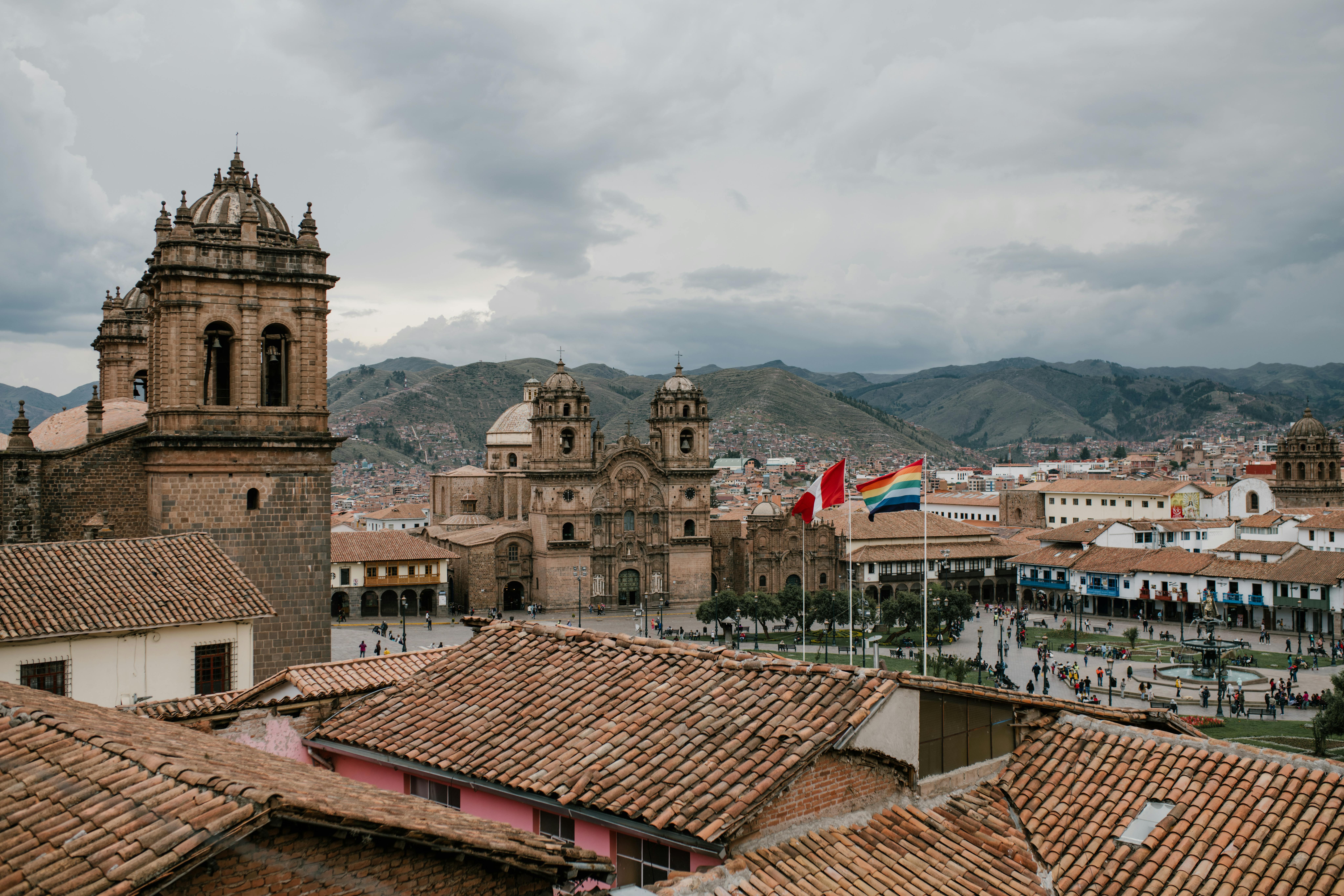Frederick Henry Harvey
Frederick Henry Harvey (June 27, 1835 – February 9, 1901) became known as “the Civilizer of the West” when the West was still wild. He is credited with creating the first chain of restaurants and promoting tourism in the American Southwest in the late 19th century.
Fred Harvey immigrated to the United States from Liverpool, England, in 1853 and found work in New York as a busboy at Smith and McNell’s restaurant. It was here that he learned the importance of quality service, fresh ingredients and the handshake deal.
In 1856 he married Barbara Sarah Mattas, with whom he had six children.
He was the kind of immigrant who made America what it is today: innovative and prosperous.
As a freight forwarder in the 1870s, Fred Harvey spent time traveling by train in a time before dining cars to experience firsthand the difficulty of finding good food.
Harvey Hotels and Restaurants
In 1876, Fred Harvey struck a deal with Charles Morse, the superintendent of the Atchison, Topeka and Santa Fe Railroad when he opened restaurants along the railroad and was not charged rent. His first warehouse restaurant opened in Topeka, Kansas and two years later he opened his first hotel/restaurant in Florence, Kansas. The deal was sealed with a simple handshake.
By 1891, 15 Harvey House restaurants were in operation, and at its peak, there were 84 Harvey Houses catering to wealthy and middle-class visitors.
Visionary Entrepreneur
As a visionary marketer and innovator, Fred Harvey recognized a business opportunity.
Harvey House dining rooms, restaurants, souvenir shops, and hotels served rail passengers on the Atchison, Topeka and Santa Fe Railroad, the Colorado Gulf and Santa Fe Railroad, the Kansas Pacific Railroad, the St. Louis-San Francisco Terminal and Railroad Association of St. Louis.
Over a period of 90 years, Harvey House employed over 100,000 young women to work at Harvey Houses, which were located about 100 miles apart at train stations.
Fred Harvey’s diners provided a most pleasurable dining experience. They provided healthy food and engaging staff service for passengers on their cross-country train journeys. The railway staff would notify the restaurant by telegraph, so that each Harvey House would report the arrival time of a train and how many people they would have to feed.
Fred Harvey also employed Native Americans to demonstrate rug weaving, pottery, jewelry making, and other crafts at his Southwestern hotels.
During World War II, they served troop trains full of starving soldiers.
the harvey girls
The Harvey girls were pioneers of the West in search of income and independence.
The 19th century was a time when working women were often looked down on unless they were a non-traditional teacher or nurse, wife and mother.
Fred Harvey hired women between the ages of 18 and 30 with “good moral character” who worked six days a week, 12-hour shifts in his railway station canteens. They earned $25 a month plus room and board, allowing them to save or send money back to their families.
The Harvey girls resided in tenements adjacent to the restaurants and had a strict 10 p.m. curfew. A dorm supervisor would routinely do bed checks, as Fred Harvey did not want his female staff to be confused with the local prostitutes.
The Harvey girls’ uniform consisted of a long black dress, a starched white apron, black stockings, and black shoes. This image was popularized in a 1946 film of the same name, The Harvey Girls, starring Judy Garland.
Legacy
His sons continued the Fred Harvey Company, which operated the hotel and restaurant chain, and remained in the family until the death of a grandson in 1965.
Fred Harvey’s ham or cheese sandwiches with an extra slice of bread for 15 cents were famous throughout the West for their value.
Harvey’s last words to his sons before he died were, “Don’t cut the ham too thin, boys.”
Another reported account of his last words was “Cut the ham thinner, boys.”


